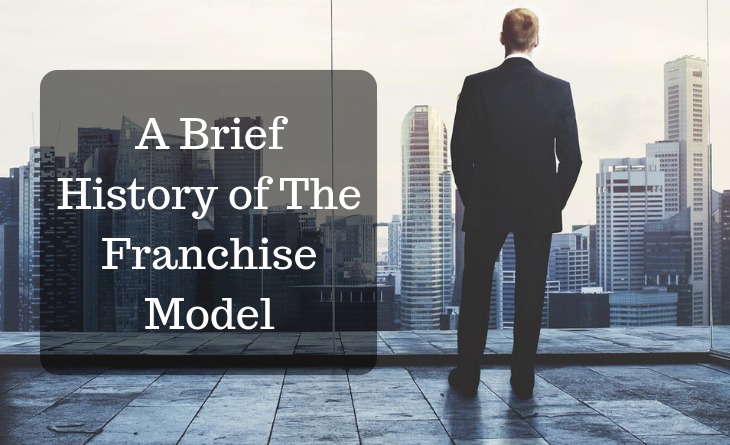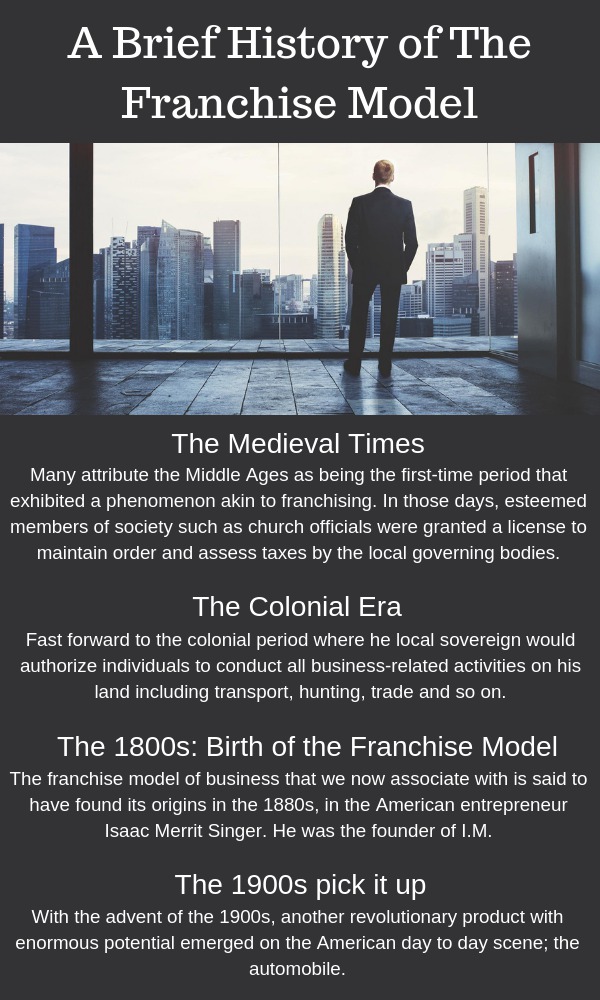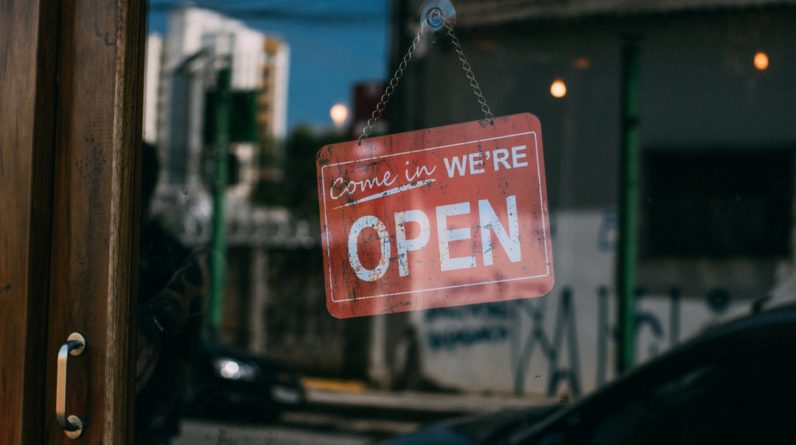
Franchising is said to be one of the most revolutionary ways of starting, doing and or expanding a business. It the principle that is to blame for the many world-famous brands that have become household names in fast food and supermarket chains. It offers an almost fool proof approach to an entrepreneurship venture where, a business owner (in this case known as a franchisor) gives another business owner (franchisee) a licence to their business model and brand and all that comes with it, including procedures, intellectual property and operations and a right to manufacture and or sell products bearing that brand or at least to do what that business. The franchisee in turn has to comply with certain obligations which are stipulated in a Franchise Agreement, which is an essential document for franchise disputes and franchise rights. Think of it as simply cloning a business at a fee.

The Medieval Times
Many attribute the Middle Ages as being the first-time period that exhibited a phenomenon akin to franchising. In those days, esteemed members of society such as church officials were granted a license to maintain order and assess taxes by the local governing bodies. Medieval courts (or lords) gave these individuals the right to hold markets, and perform business-related activities since there was essentially considered to be a monopoly on commercial ventures. These first franchisees paid a royalty to the lords in exchange for, these licences and protection among other things.
The Colonial Era
Fast forward to the colonial period where he local sovereign would authorize individuals to conduct all business-related activities on his land including transport, hunting, trade and so on. This concept extended to the Kings, who would grant a franchise for different types of business activities. European monarchs (a relative equivalent to the Kings themselves) even bestowed special permits (franchises) upon local citizens who were contracted to take on the daunting task of seeking out and founding new colonies. Once a colony was created, the founder could receive the protection of the “Crown” in exchange for taxes or royalties.
The 1800s: Birth of the Franchise Model
The franchise model of business that we now associate with is said to have found its origins in the 1880s, in the American entrepreneur Isaac Merrit Singer. He was the founder of I.M. Singer & Company and was the first person to patent a practical, widely-used sewing machine, which although there were already some in existence, stood head and shoulders above the rest. The invention was out of reach to most Americans, a problem which was solved by what is said to be the the first ever instalment plan. Now that average people could pay for his sewing machines, he now had to devise an effective distribution method, which he did in the form of Licensing Arrangement.
Singer and his partners would find businesspeople who were intent on owning the rights to sell Singer’s product. They would oversee selling them in specific geographical areas. Once they found interested people, they would charge them a licensing fee up-front, for the right to sell the machines. As a follow up, Singer mandated the licensees with teaching the average consumer how to operate the sewing machine. And that became the spark that ignited the spread of the wildfire that is franchising.
The 1900s Pick It Up
With the advent of the 1900s, another revolutionary product with enormous potential emerged on the American day to day scene; the automobile. Henry Ford, the pioneer of mass production of automobiles by way of the assembly line, needed to find a good way to distribute the product. Why? Because, by then the only methods available to sell them were through mail-order catalogues and salesmen who traversed the country trying to find buyers. The solution was none other than automobile dealership, yet another franchise example.
With the permeation of automobile dealerships into the heart of the USA, more roads became more paved and due to the need for gasoline, oil companies began franchising their stations along major roads. Some of them like Chevron, still exist to date.
As the population of automobile drivers grew, so did the diners, motels and roadside restaurants. Ultimately, food franchises began to open. In the 1960s, the most famous example of these is a fast food chain that is now a household name worldwide; McDonalds. A visionary salesperson named Ray Kroc, transformed the California-based business of the brothers Dick and Mac McDonald from a busy hamburger stand to a present-day empire which boasts approximately 34,000 McDonald’s restaurants, 80 percent of them are franchises and employs roughly 1.8 million people in 118 different countries. How did he do that? By selling franchises.






